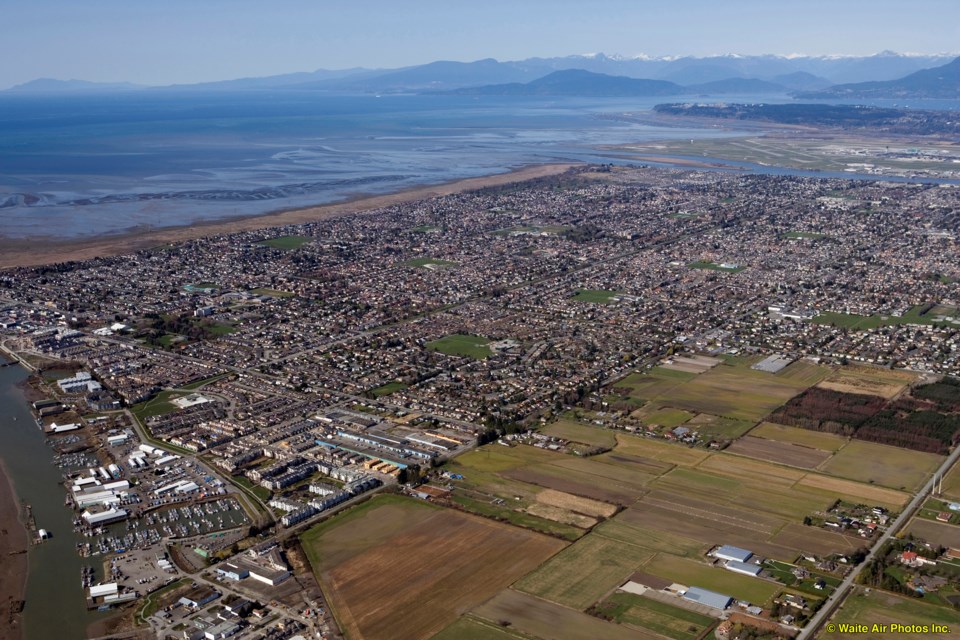Richmond’s population grew by nearly 2,000 people last year.
According to BC Stats, which recently released its annual population change estimates, the city’s population increased by 1,966 people, or by 0.9 per cent, between July 1, 2018 and June 30, 2019.
The city’s population was estimated to be 212,276 in 2019, according to BC Stats.
Richmond’s population has steadily increased each year since 2011, according to the data. That year, the city numbered 194,818 people.
Delta wasn’t far behind, with a 0.8 per cent growth between 2018 and 2019 – an addition of nearly 830 residents, for a total population of 109,490 in 2019.
Vancouver saw its population increase by 9,185 people, or 1.4 per cent, and New Westminster’s population increased by 2.1 per cent. The District Municipality of Langley increased by 1.5 per cent, but the City of Langley only by 0.4 per cent.
Surrey experienced "the most significant population gain" among B.C. municipalities with at least 5,000 people, according to BC Stats, adding 16,382 residents – a 2.9 per cent growth since 2018.
Over that same period, Pitt Meadows saw its population drop by 0.8 per cent, the largest decline out of all Metro Vancouver municipalities.
The Greater Vancouver Regional District saw the largest population increase – just over 39,000 people – over a 12-month period, from July 1, 2018 to June 30, 2019, according to BC Stats, while the province’s total population grew by 1.4 per cent during that period.
As of July 1, 2019, B.C.’s population numbers 5,071,336, increasing by 70,166 people since 2018.



